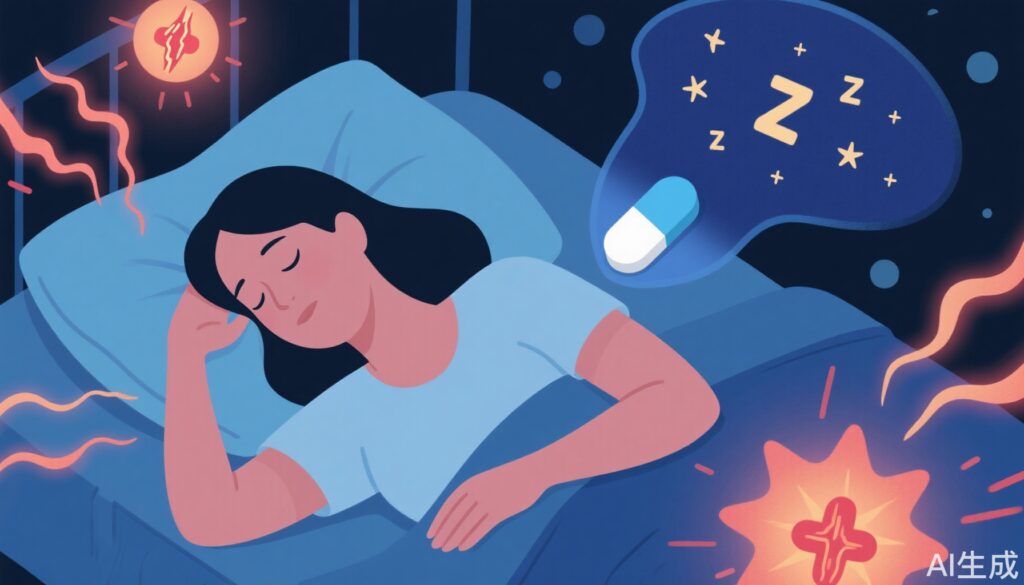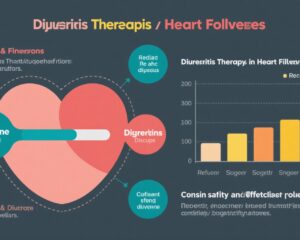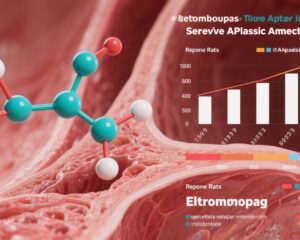Highlight
- The FDA has approved Tonmya (cyclobenzaprine hydrochloride sublingual tablets) for adults with fibromyalgia, marking the first new therapy in over 15 years.
- Tonmya acts by targeting nonrestorative sleep, a central contributor to fibromyalgia symptoms including pain, fatigue, and cognitive dysfunction.
- Phase 3 trials (RELIEF and RESILIENT) involving nearly 1000 patients demonstrated significant reductions in daily pain intensity and improvements across multiple symptom domains after 14 weeks of once-nightly use.
- Adverse effects were predominantly local, transient, and manageable, supporting the drug’s favorable safety profile.
Study Background and Disease Burden
Fibromyalgia is a complex, chronic nociplastic pain syndrome characterized by widespread musculoskeletal pain, nonrestorative sleep, fatigue, and cognitive disturbances often referred to as “brain fog.” Affecting over 10 million Americans, predominantly women (~80%), it imposes a substantial burden on quality of life and functional status. Current treatment options have limited efficacy and tolerability, leaving a significant unmet medical need for therapies that address underlying pathophysiological mechanisms. Nonrestorative sleep is increasingly recognized as a pivotal driver of fibromyalgia symptoms, influencing pain sensitization, fatigue, and cognitive impairment. Despite this, until now, no FDA-approved treatments specifically targeting sleep abnormalities in fibromyalgia have been available.
Study Design
The pivotal evidence supporting Tonmya’s FDA approval comes from two multicenter, randomized, double-blind, placebo-controlled phase 3 trials, RELIEF and RESILIENT, which collectively enrolled nearly 1000 adult patients with diagnosed fibromyalgia.
The RESILIENT trial (NCT05273749) randomized participants 1:1 to receive once-nightly sublingual cyclobenzaprine hydrochloride (TNX-102 SL) starting with 2.8 mg for 2 weeks, then titrated to 5.6 mg for the subsequent 12 weeks, or matching placebo. The primary endpoint was the change from baseline in the weekly average of daily diary pain intensity scores at week 14. Secondary endpoints comprised the Patient Global Impression of Change (PGIC), the Fibromyalgia Impact Questionnaire-Revised (FIQR) assessing symptoms and functional domains, Patient-Reported Outcomes Measurement Information System (PROMIS) instruments for Sleep Disturbance and Fatigue, as well as daily diary sleep quality scores.
Key Findings
In RESILIENT, 81.0% of patients in the TNX-102 SL arm and 79.6% in the placebo arm completed the study. The trial demonstrated a statistically significant greater reduction in primary pain intensity scores with TNX-102 SL compared to placebo (mean change -1.8 vs. -1.2, P < 0.001). Similarly, all six secondary endpoints showed significant improvements (P ≤ 0.001) with treatment.
Clinical relevance was underscored by a higher proportion of patients achieving at least a 30% reduction in pain — a threshold considered meaningful in chronic pain management — after 3 months with Tonmya versus placebo.
Beyond pain relief, patients reported improved sleep quality and reduced fatigue, supporting the hypothesized mechanistic benefit of targeting nonrestorative sleep as a root cause of fibromyalgia symptomatology.
Regarding safety, systemic treatment-emergent adverse events (TEAEs) were generally mild and comparable between groups. Common systemic TEAEs included COVID-19 infections (4.3% vs. 3.1%), headache (3.0% vs. 1.8%), and somnolence (3.0% vs. 1.3%). Notably, local administration-site reactions such as oral hypoesthesia (23.4% vs. 0.4%), altered product taste (11.3% vs. 0.9%), and oral paresthesia (6.9% vs. 0.9%) were more frequent in the TNX-102 SL group but were transient and self-limiting.
Expert Commentary
Fibromyalgia represents a challenging therapeutic area due to its multifactorial pathophysiology and heterogeneous symptom presentation. Tonmya’s approval signifies a milestone, introducing the first nonopioid, sleep-targeted therapy, shifting the treatment paradigm toward modulation of underlying nociplastic mechanisms rather than solely symptom suppression.
Experts note that the sublingual formulation may facilitate rapid absorption and patient adherence due to once-nightly dosing, mitigating daytime sedation risks associated with oral cyclobenzaprine. The robust phase 3 data addressing both efficacy and safety across diverse symptom domains ensure its potential as an important addition to clinical practice.
However, some limitations include the modest absolute pain reduction difference and predominantly subjective outcome measures intrinsic to fibromyalgia trials. Long-term effects and comparative effectiveness against other agents warrant further investigation.
Conclusion
Tonmya (sublingual cyclobenzaprine hydrochloride) represents the first FDA-approved novel fibromyalgia treatment in over a decade and a half. By specifically addressing nonrestorative sleep—a central factor in fibromyalgia’s pathogenesis—it offers significant benefits in pain reduction, fatigue, and functional impairment with a manageable safety profile.
This advancement provides hope for millions affected by fibromyalgia, particularly women disproportionally impacted, and underscores the value of targeting sleep disturbances within chronic pain syndromes. Ongoing post-marketing studies and real-world data will enrich understanding of its long-term utility and position in fibromyalgia management algorithms.
References
Lederman S, Arnold LM, Vaughn B, Engels JM, Kelley M, Sullivan GM. Pain Relief by Targeting Nonrestorative Sleep in Fibromyalgia: A Phase 3 Randomized Trial of Bedtime Sublingual Cyclobenzaprine. Pain Med. 2025 Jul 8:pnaf089. doi: 10.1093/pm/pnaf089. Epub ahead of print. PMID: 40627411.



